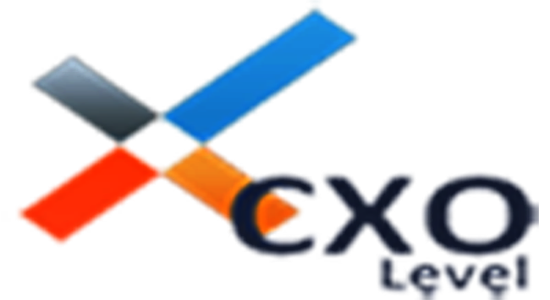How to Build a Prospect List in 3 Steps
Any seasoned salesperson will tell you that compiling a list of potential customers is the most time-consuming aspect of their work. And if you ask someone else, they will also confirm this. But if you've ever worked in sales, you know how crucial it is to compile a list of prospects of a high caliber. Every outbound sales team must spend the necessary time researching and compiling an exhaustive prospect list development, even if it can be time-consuming. This blog post will demonstrate how to create top-notch prospect lists in three phases.
Sending out mass emails and contacting random folks will only provide results. Similar to sales, you must be sure a person or company can benefit from a product before approaching them. This is why creating your ideal customer profile is the first step in creating a prospect list. Creating an ideal client profile is essential for you to concentrate on the correct prospects and save time. Discovering and developing your ideal consumer profile is explained here. When creating an ideal customer profile, the greatest place to start is by researching your current or former clientele. Consider KPIs and variables like client lifetime value, average lifespan, and retention rate. These indicators will show how loyal your existing consumers are to your business, and it will be simple to identify the best ones. An ideal customer profile (ICP) is a business that would best fit your product or service in B2B marketing. It is described by firm size, industry, income, problems, and objectives.
Interview your top clients after you've determined who they are to learn more about what they appreciate about your offering. Learn about their problems and what they want from a solution like yours. By doing this, you'll be better able to comprehend the benefits they derive from your services or goods and how this affects the expansion of their organization. Consequently, it helps you understand the clients who would benefit most from your product. Additionally, you ought to investigate the ideal purchasing procedure for your clients. Find commonalities among your top clients right now. When contrasting your top clients, pay close attention to elements like firm size, industry, location, and goals. For instance, are your major client's large corporations or small businesses? Are they all employed in the same field? Do they use a certain technology?
Apply LinkedIn - Sales teams should take advantage of the B2B sales prospecting gold mine on LinkedIn. Here's how you use LinkedIn to identify your perfect prospects: Go to LinkedIn, click the search bar, then press "Enter" to get started. You will be presented with a list of every LinkedIn user. Then, make sure the list only contains companies by clicking the Companies tab. After that, select All filters to filter the list according to the standards you listed in your ideal client profile, such as geography, industry, and firm size. You'll have access to even more filters if you have a LinkedIn Sales Navigator plan. You may then move on to finding decision-makers based on job title by adding appropriate organizations from the search results to your list.
Make your prospect list final- Add all of the prospects you've identified to a spreadsheet and their contact information. Use tools and prospect development services to add more prospect info to your list. These tools can assist you in gaining access to data on your target companies, including company size, revenue figures, social media accounts, and more. Additionally, they include firmographic information about a company's funding, location, size, and sector. It's time to start selling now that your list is prepared. There are several methods to approach this. At CXO Level, we prefer to begin by reaching out by cold email. We have the ideal tool if you want to automate your cold email marketing. You can automate cold emails, follow-ups, and email personalization using CXO Level Campaigns to keep your sales pipeline full with a minimum of manual labor.
 917300274111
917300274111